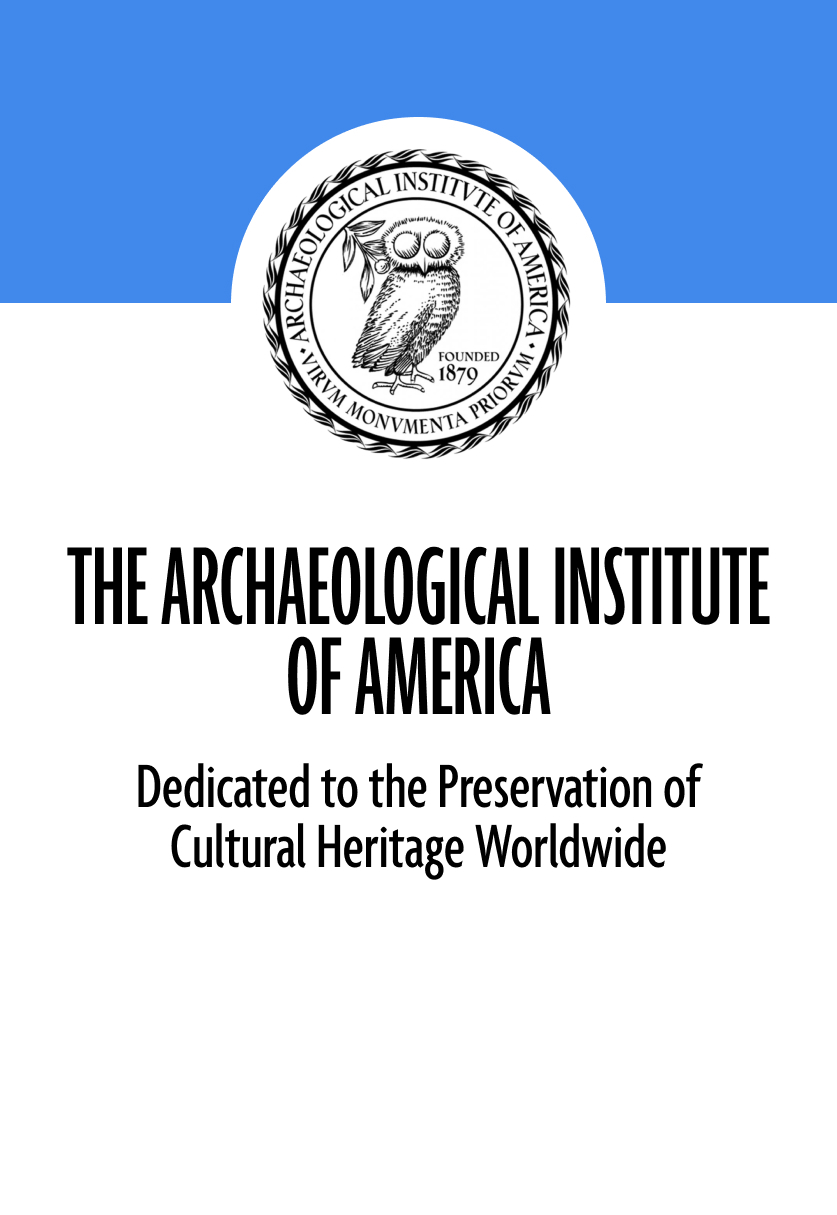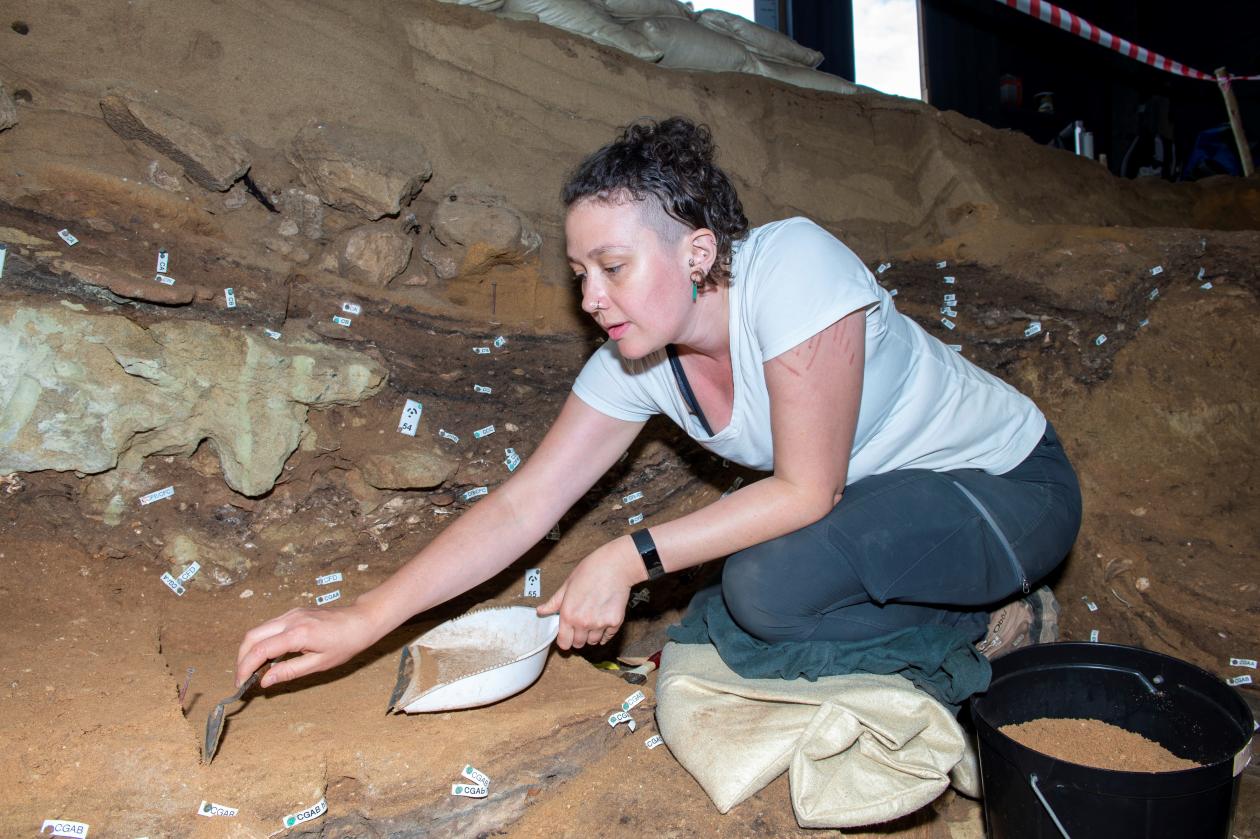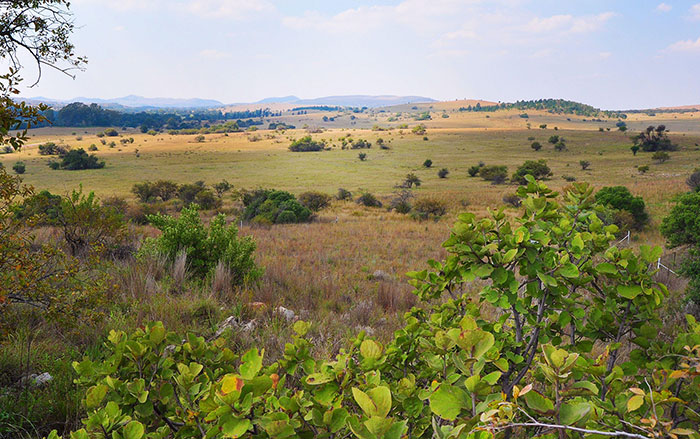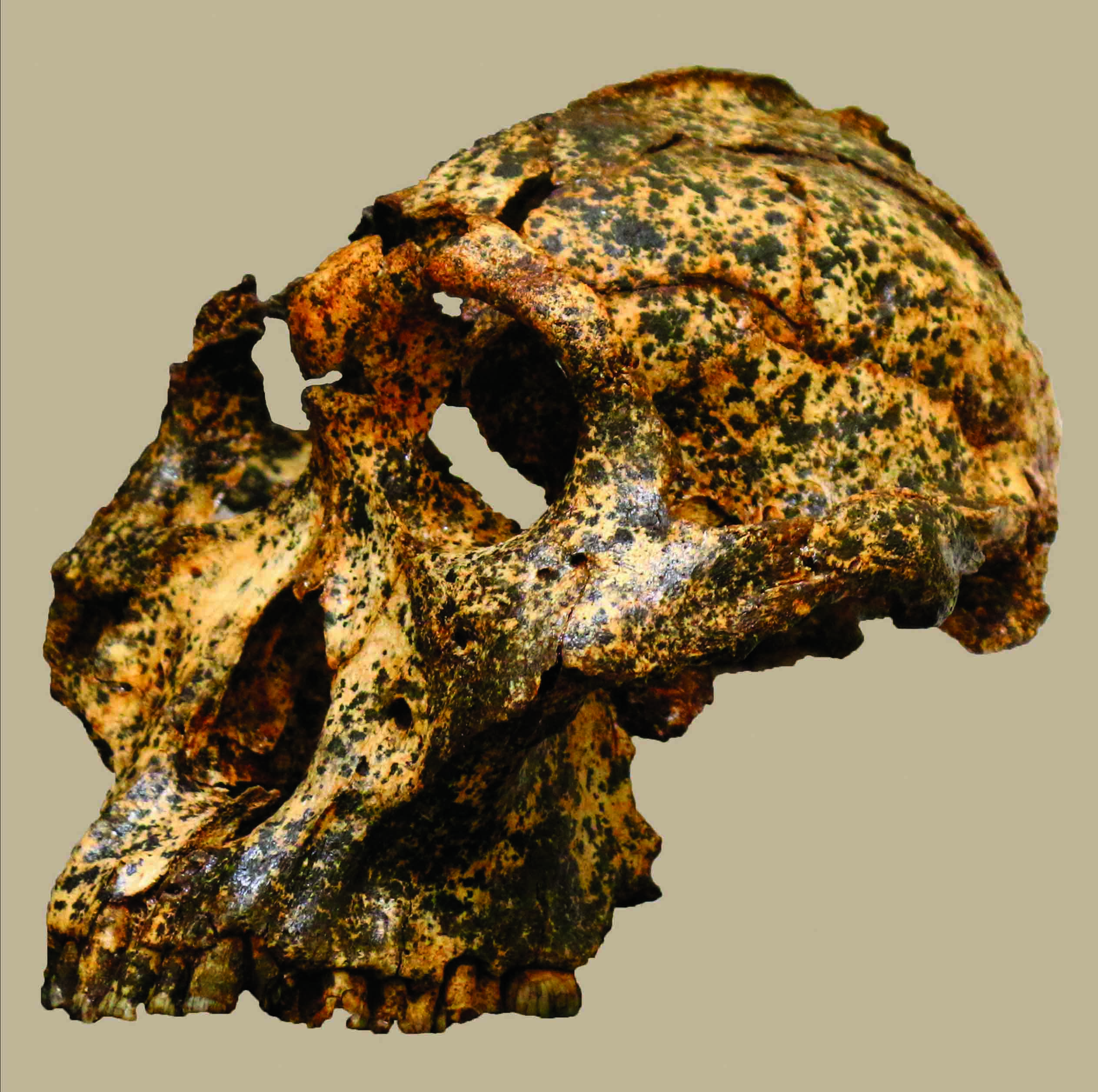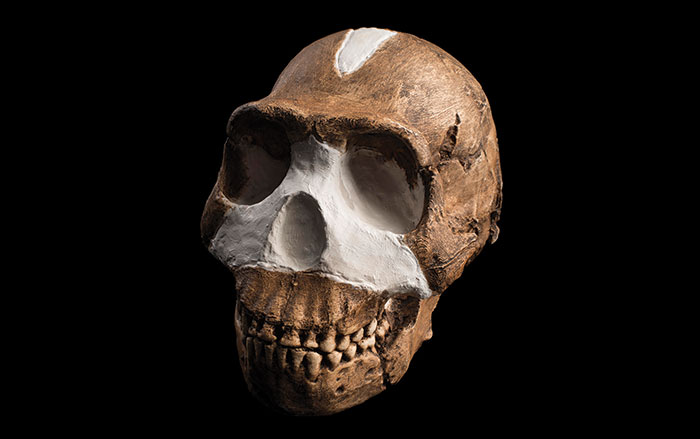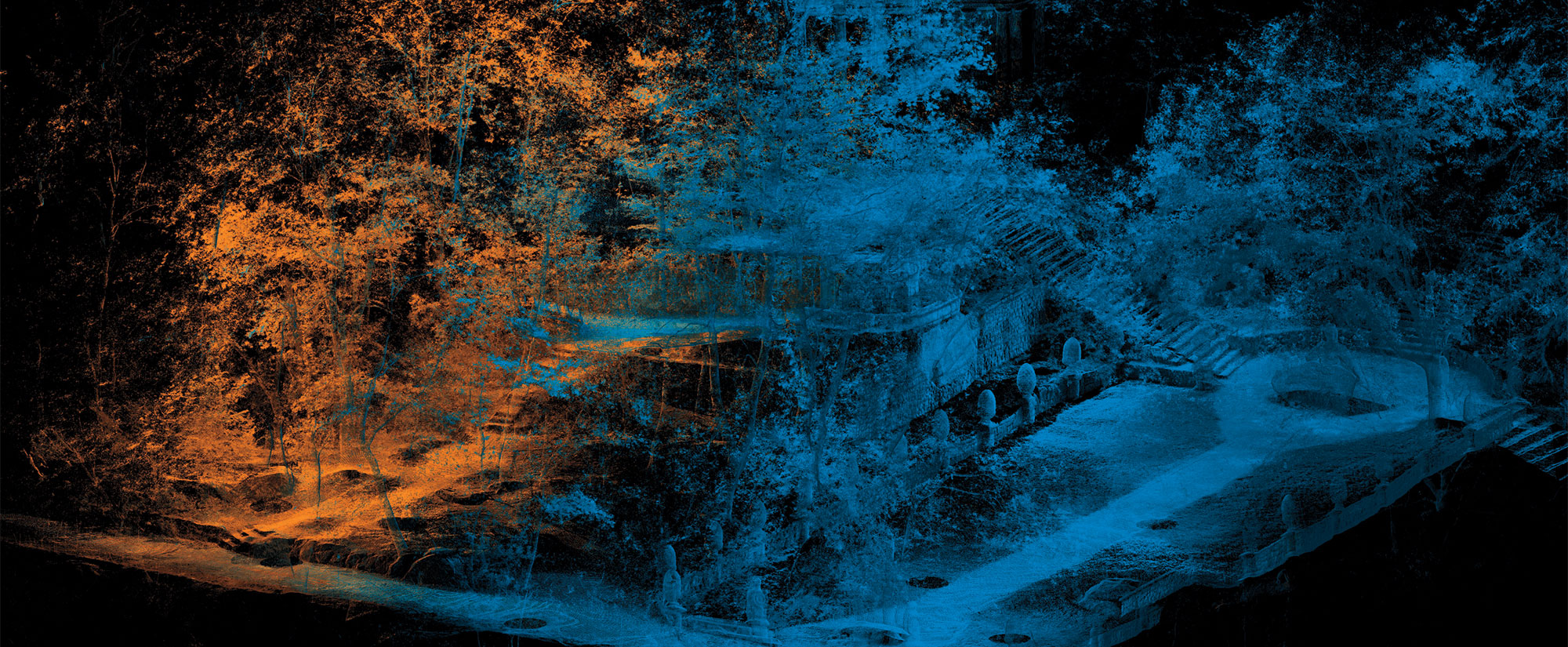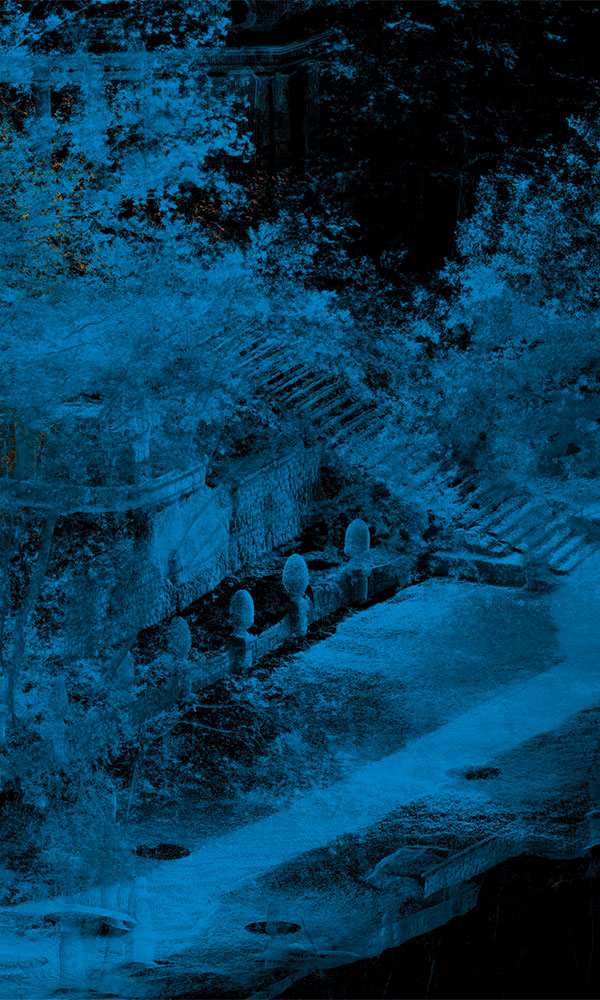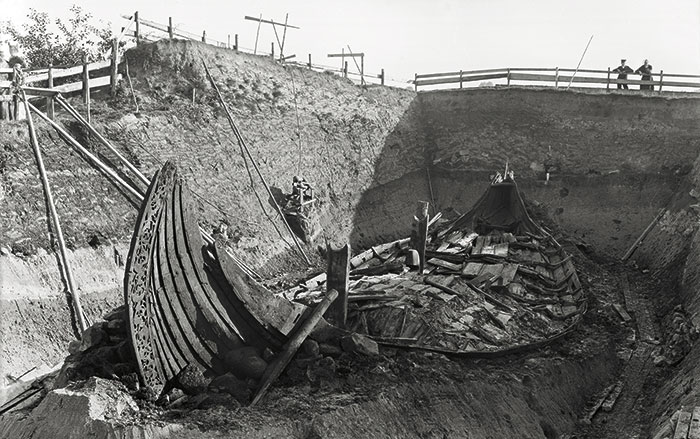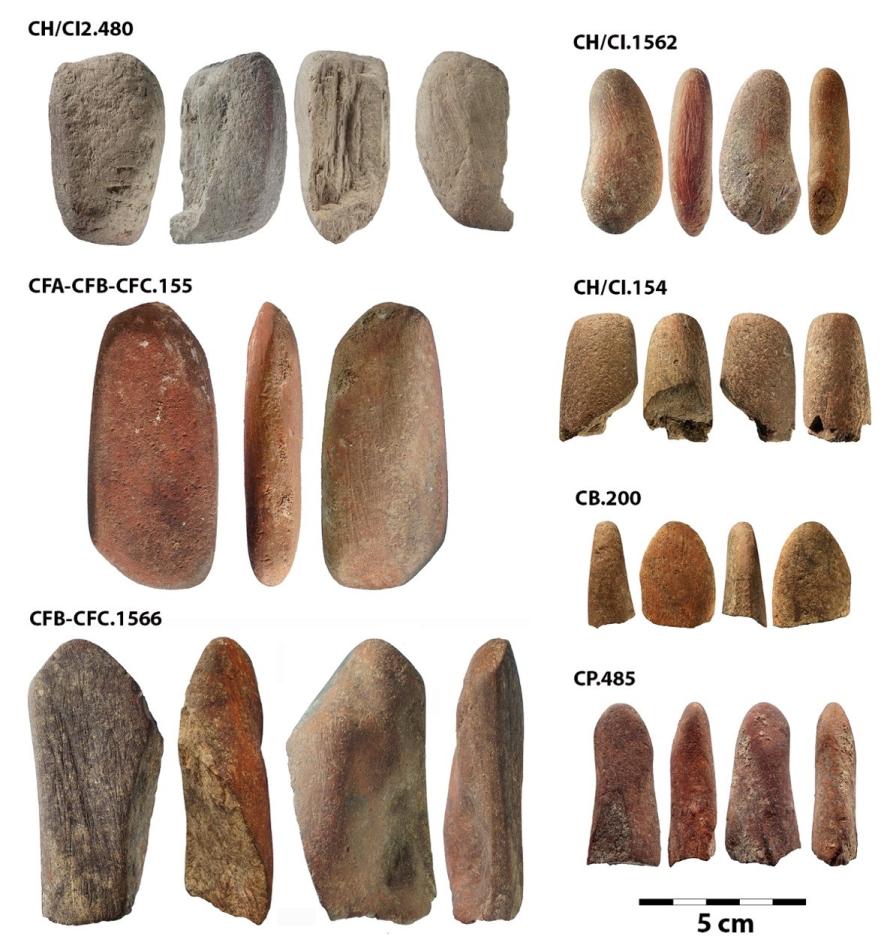
BERGEN, NORWAY—The reddish mineral ocher was one of the earliest sources of pigment used by early human cultures tens of thousands of years ago in painting, artwork, sacred rituals, and funerary traditions. However, according to a statement released by the University of Bergen, scientists recently identified a previously unknown use for the mineral as a specialized implement in making other stone tools. Researchers from SapienCE laboratory in Cape Town were sorting through boxes of objects found in the Mesolithic site of Blombos Cave when they noticed unusual wear patterns on some of the ocher artifacts. After careful analysis of seven such pieces that were between 70,000 and 90,000 years old, the team concluded that these unusually shaped stones were retouching tools used during the knapping process to remove small flakes with precision to create projectile points and sharpened blades. The researchers believe that these would have been prized items and the personal possessions of highly skilled toolmakers. “We now have evidence that ocher was not only a medium for symbolic expression but also a key material in specialized tool production, reflecting a level of technological sophistication previously associated with much later periods,” says Christopher Henshilwood, archaeologist and director of SapienCE. Read the original scholarly article about this research in Science Advances. To read about the world's earliest known drawing preserved on a stone flake recovered from Blombos Cave, go to "Oldest Sketch," one of ARCHAEOLOGY's Top 10 Discoveries of 2018.
